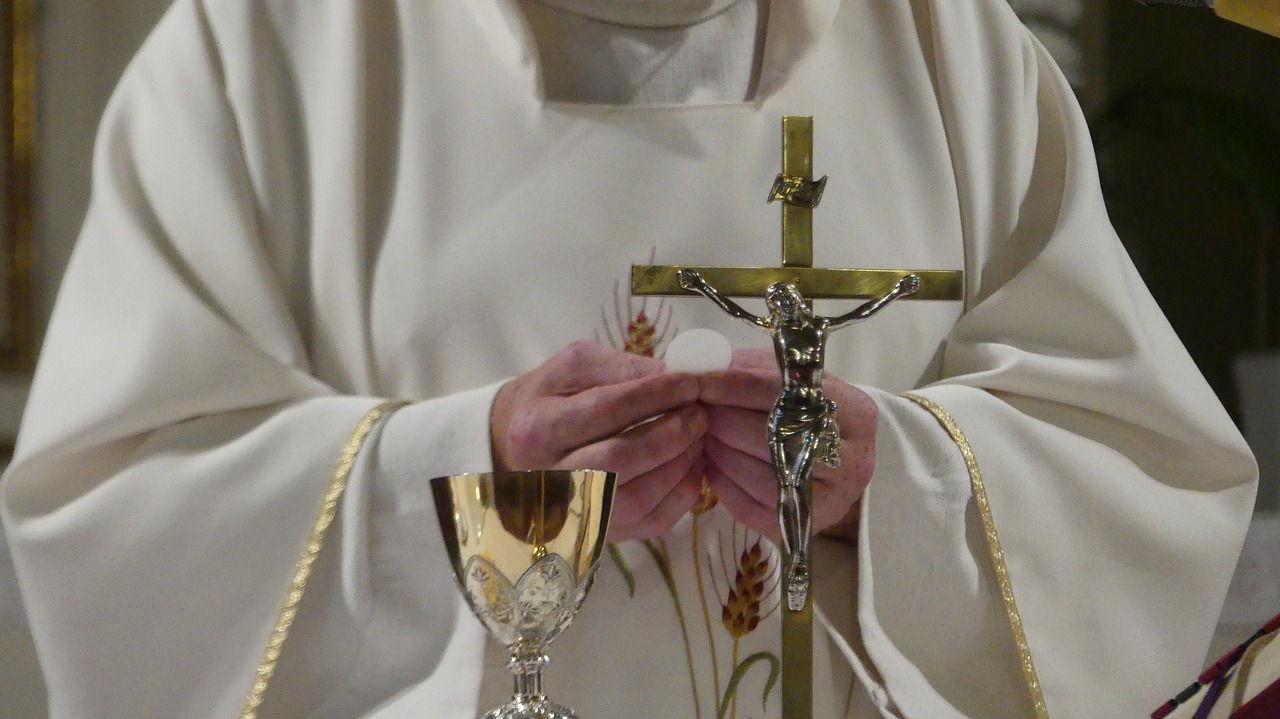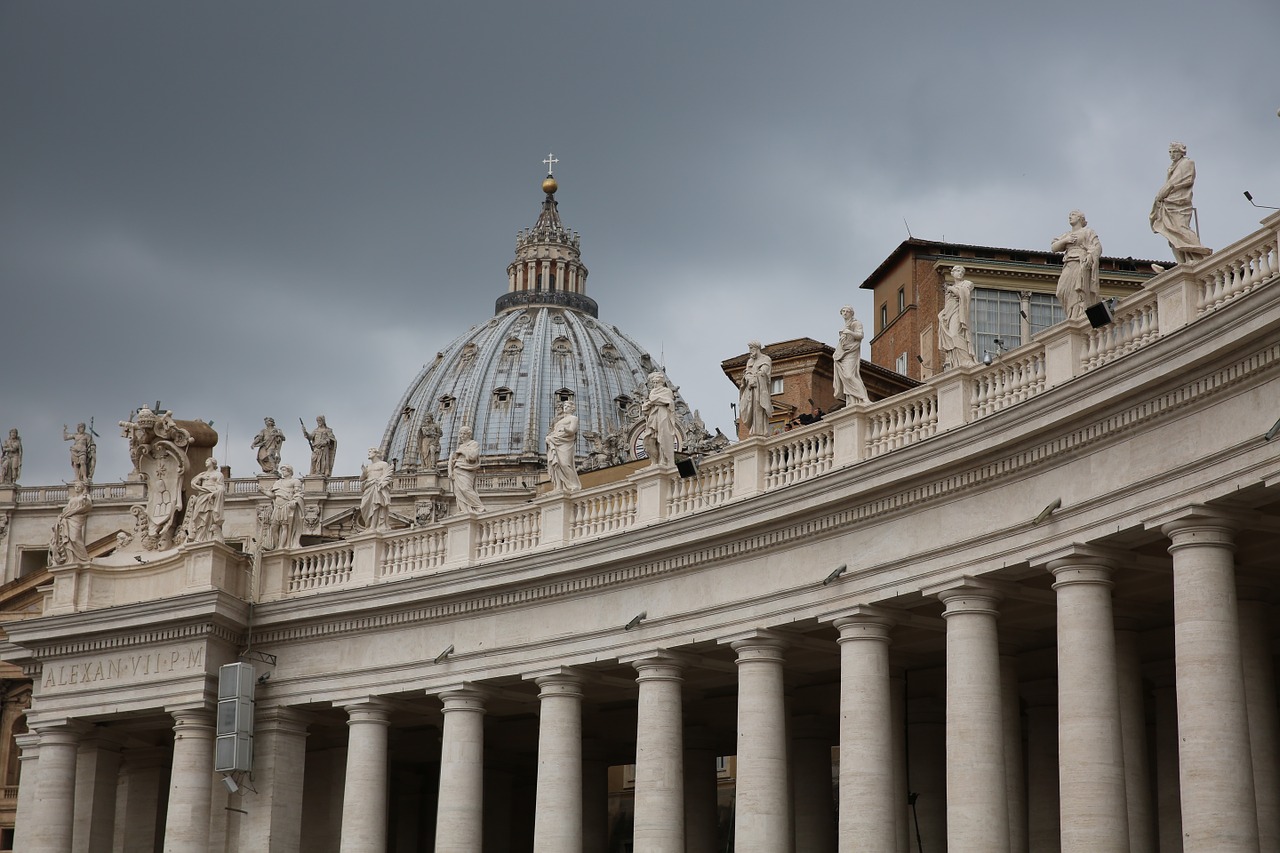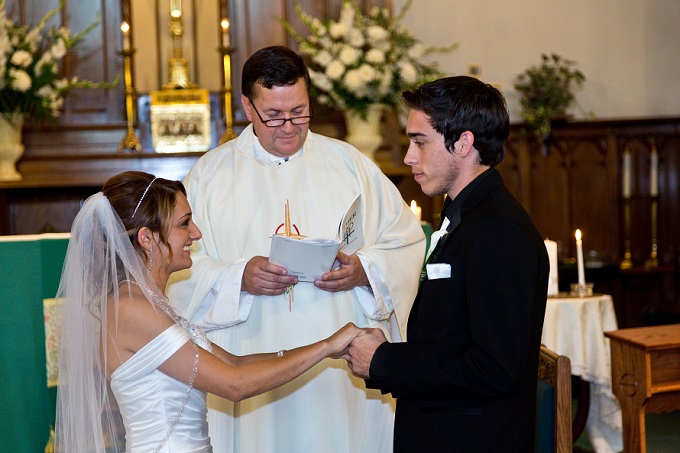
The Roman Curia is a bureaucracy that runs everything from diplomatic affairs (Vatican City is the world’s smallest sovereign state) to the Congregation for the Doctrine of the Faith to the Vatican newspaper. These offices have traditionally been filled by archbishops and cardinals. Though under Pope Francis, a number of women religious were named to Vatican offices.
Religious orders and institutes fall within serveral areas within the structure of the church. There are four broad categories of orders and institutes: monastic, canonical, mendicant, and apostolic. Monasteries may be autonomous in their governance, while most orders have central authorities. Some groups are limited territorially, and few universal claims can be made about what they do and how they do it. Somewhere along the chain, though, you can bet someone is accountable to Rome.
The laity, or the People of God, have equal dignity to those ordained but not equal power in the regular governance of the church. The laity carry the authority of their baptism and the general sense of the faithful. "The apostolate of the laity derives from their Christian vocation and the Church can never be without it" (Apostolicam Actuositatem). Their main responsibilty is to be holy witnesses of Christ in the world and further the mission and work of the church.
Scripture
• Acts 20:28; Philippians 1:1; 1 Timothy 3:1-13; 5:17-25; Titus 1:5-9;1 Peter 5:1-5
Online
• “Episkopë and Episkopos: The New Testament Evidence” by Father Raymond E. Brown, S.S.
Books
• Inside the Vatican: The Politics and Organization of the Catholic Church by Thomas Reese, S.J. (Harvard University Press, 1998)
• All the Pope’s Men: The Inside Story of How the Vatican Really Thinks by John L. Allen, Jr. (Doubleday Religion, 2004)











